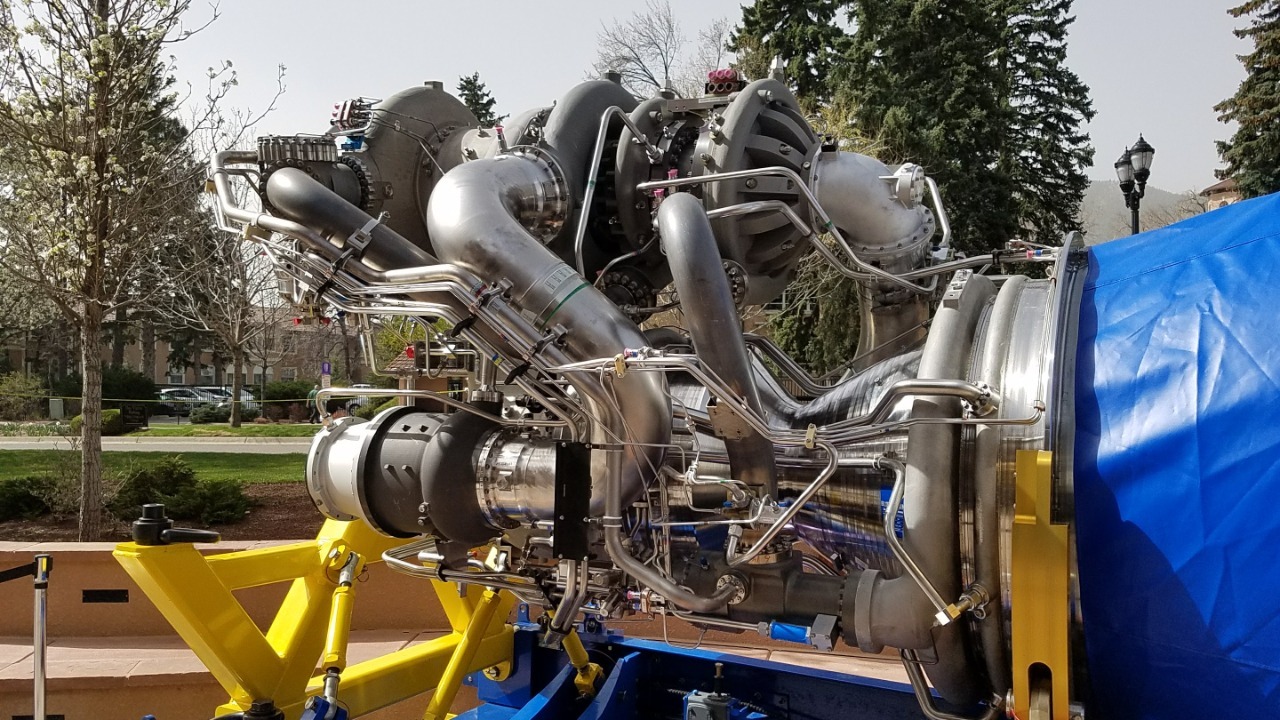
SpaceX’s Raptor engine and Blue Origin’s BE-4 engine are two key innovations in rocket propulsion, each with its unique design and performance characteristics. While the Raptor engine leverages methalox propellant to redefine rocket propulsion, the BE-4 engine, designed to power missions to the Moon, has faced significant challenges, including an explosion during testing.
SpaceX Raptor Engine Development
The evolution of SpaceX’s Raptor engine has been a journey of continuous innovation and improvement. This methalox-based system has revolutionized propulsion, transitioning from early prototypes to operational use in Starship vehicles. The Raptor engine’s development has been marked by key milestones, with SpaceX’s focus on full-flow staged combustion for enhanced efficiency playing a pivotal role in its progression.
When compared to SpaceX’s earlier Merlin engines, the Raptor engine stands out in several ways. The Raptor engine uses methane and liquid oxygen as propellants, unlike the Merlin engines that use RP-1 and liquid oxygen. This difference in propellant type, along with higher thrust levels and advanced reusability features, sets the Raptor engine apart from its predecessors.
Technical Features of the Raptor Engine
The Raptor engine’s use of methane and liquid oxygen as propellants enables higher performance and the potential for in-situ resource utilization on Mars. The full-flow staged combustion cycle employed by the Raptor engine improves the thrust-to-weight ratio and reduces wear, enhancing the engine’s reusability.
Specifically, the Raptor engine’s thrust output currently exceeds 200 metric tons in vacuum variants. This high thrust output plays a crucial role in enabling rapid launch cadences, a key factor in SpaceX’s ambitious space exploration plans.
Blue Origin BE-4 Engine Overview
Blue Origin’s BE-4 engine is designed as a liquid oxygen and liquefied natural gas (methane) engine, developed for high-thrust applications in New Glenn rockets. The engine is intended to power Blue Origin’s heavy-lift vehicles, with a focus on deep-space missions.
Unlike the Raptor engine’s full-flow staged combustion cycle, the BE-4 employs a partial-flow staged combustion cycle. This design choice balances power and complexity differently from full-flow systems, reflecting Blue Origin’s unique approach to rocket engine design.
BE-4 Development Challenges and Setbacks
Blue Origin’s BE-4 engine development has not been without challenges. A significant setback occurred when a BE-4 rocket engine exploded during testing, highlighting ongoing reliability issues. This incident led to delays in BE-4 certification and integration with United Launch Alliance’s Vulcan Centaur rocket due to testing anomalies.
Despite these challenges, Blue Origin has made iterative improvements post-incident, including enhanced safety protocols and component redesigns. These efforts reflect the company’s commitment to overcoming obstacles and advancing its space exploration capabilities.
Propellant and Cycle Differences
Both the Raptor and BE-4 engines use methalox propellants, but with different emphases. The Raptor engine is optimized for Mars refueling, while the BE-4 emphasizes Earth-based natural gas sourcing. The Raptor’s full-flow staged combustion, which routes all propellants through turbopumps for maximum efficiency, contrasts with the BE-4’s partial-flow approach that prioritizes stability.
The choice of methane as a propellant has environmental and logistical impacts. Methane burns cleaner than traditional fuels, which could have significant implications for long-term mission viability.
Performance and Thrust Comparisons
When it comes to thrust metrics, the Raptor engine achieves up to 230 tons at sea level, while the BE-4 targets around 2,400 kN. These figures reflect the engines’ scalability for different payload classes. In terms of specific impulse and efficiency, the Raptor’s design offers advantages in vacuum performance for interplanetary travel.
Real-world flight data, including Raptor’s successful static fires and BE-4’s ground test validations, provide valuable insights into these engines’ performance and reliability in practical scenarios.
Future Applications and Implications
The Raptor engine plays a crucial role in SpaceX’s Starship program for lunar and Mars missions. Its reusability features enable frequent operations, a key factor in SpaceX’s ambitious space exploration plans. On the other hand, the BE-4 engine is central to Blue Origin’s vision for Moon settlement, as outlined in plans to send the first settlers using its propulsion.
The competitive landscape of commercial launch markets and NASA contracts could be influenced by differences in engine maturity. As SpaceX and Blue Origin continue to innovate and improve their engines, the future of space exploration promises to be an exciting journey of discovery and achievement.
More from MorningOverview